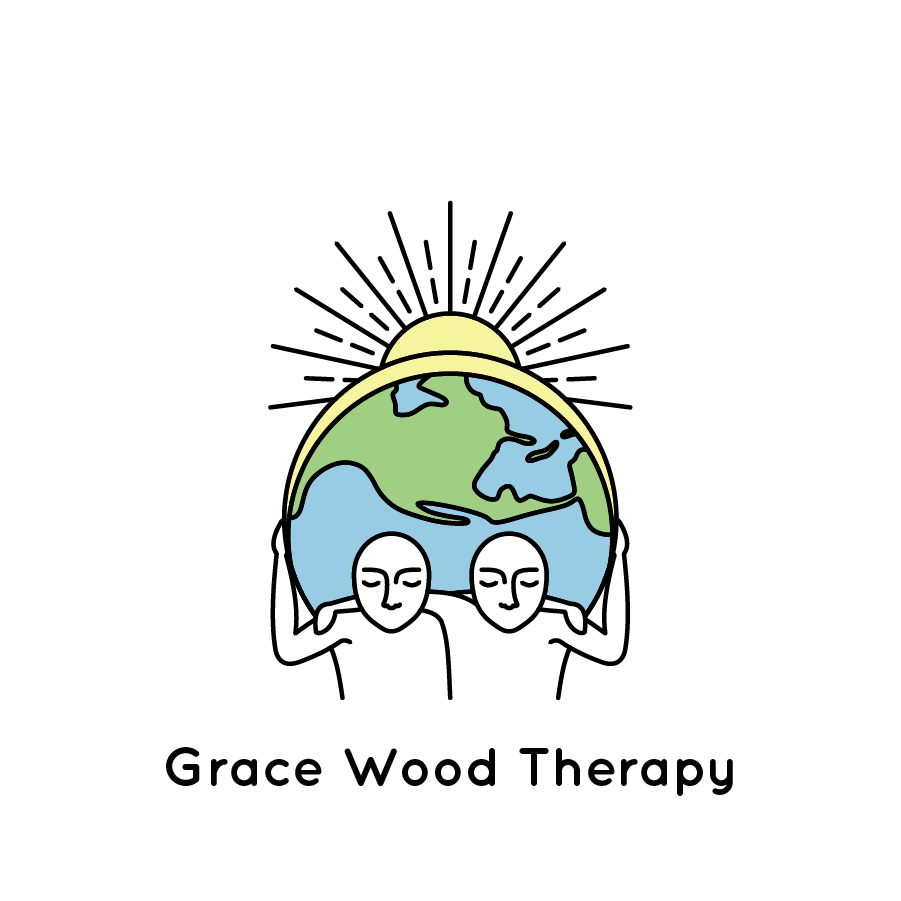Most non-psychology majors that I talk to are not familiar with the term “attachment style” or they assume it’s similar to the multitude of personality tests out there. I only came to know the importance of attachment styles when I started working with couples. I witnessed again and again the impact that the styles could have on a person and on a relationship.
There are three main types of attachment styles—secure, anxious, and avoidant. These types are best understood through examples.
Katie will be our secure example. Imagine that Katie has two parents who are in a loving relationship and have been for her entire life. Her parents made time for her as she was growing up; they connected with her; they showed her time and time again that she was accepted and worthy of love. When Katie grew into adulthood and started dating, she was drawn to men and women who were self-assured, stable, and kind. She wasn’t worried that she’d never find someone. She knew she was worthy of love and there was plenty of it out there. When she was mistreated by someone, she found it relatively easy to end that relationship. She didn’t blame herself when that happened. She knew that everyone had struggles and sometimes this caused people to act poorly. She didn’t hold a grudge.
For an avoidant example, imagine Jason. Jason was abandoned by his mom at a young age and raised by his grandparents. His mom would come back into his life periodically, but would never stay long. He had a good relationship with his grandparents, who were kind people. In their old age, they became distant and uninterested in Jason’s life. They didn’t set curfews or keep close track of his whereabouts. When Jason started dating, he tended toward people who were flighty and neurotic. He felt uncomfortable with stable, kind individuals. He felt extreme discomfort in sharing how he was feeling or letting someone know the “true” him. He felt a lot of loneliness, and extreme anxiety anytime someone would start to get close to him. He would often “ghost” or sabotage relationships in some way. He also felt extreme anxiety around straight-forwardly ending the relationship.
Lastly, imagine Tom. Tom’s parents got divorced when he was seven. Their divorce involved a lengthy custody battle for Tom and his two siblings. Tom was with one parent for several years, then moved across the country to be with the other. When he started dating, he often fell in too deep too quickly. He didn’t fall for everyone he met, but when he did, it consumed all of his thoughts. He wanted constant communication with the person he was talking to. He wanted to deliver them flowers and take them on weekend get-aways—before the first date. He had extreme anxiety around being abandoned, being cheated on, or being neglected. He almost constantly worried about his partner leaving him. He often thought his partner was angry or upset with him, and even when he did nothing wrong, he would imagine how something he said could have been taken the wrong way. He might even preemptively apologize.
Keep in mind, these are just potential situations that could lead to these attachment styles, but you can have a variety of experiences that lead to any of these. You can have an absolutely amazing childhood and still be avoidant or anxious, and you can have a difficult childhood and be secure. Our attachment styles can also change based on the attachments of the individuals we connect with, meaning you can be secure in one relationship and anxious/avoidant in another.
Attachments are perhaps one of the most important things to understand about ourselves because they are key in how we accept/receive love. Now, I’m not talking about love languages here. I’m talking about the feeling of connection to another person.
Think of attachments as a rope that ties two people together. Both are putting in their own pieces of string (attachment styles), and those strings are being twisted together between the two of them. Each person can notice the texture and style of the strings the other one is adding in. Our childhoods influence what we expect those strings to feel like. If you’re like Jason or Tim, you expect those strings to feel one way; if you’re like Katie, you expect those strings to feel another way. To Tim and Jason, strings that are connected with a lot of distance, anxiety, and fear feel comfortable and familiar. They might not feel good, but they understand them and they know how to tie their strings with theirs. Forming a connection with someone secure, for someone who’s insecure, often feels foreign, uncomfortable, and boring.
People with anxious or avoidant attachment styles are used to feeling anxiety in their attachments, and without that anxiety, they might assume they’re just not interested in the person they’re forming a connection with. Their understanding of what love feels like involves fear and anxiety.
Hopefully this illustrates why some people form unhealthy relationship after unhealthy relationship. Your kind friend who dates the worst people probably has an anxious or avoidant attachment style. Once we understand what our attachments styles are, we can start to notice the impact that they have had, and may continue to have, on our relationships. There is hope. You can change your style and change the patterns in your relationships. Therapy can help. Click here to schedule a free consultation and discuss your attachment style today.
If you enjoyed this post, follow me on facebook or instagram to stay up to date on blog content! @gracewood_therapy


